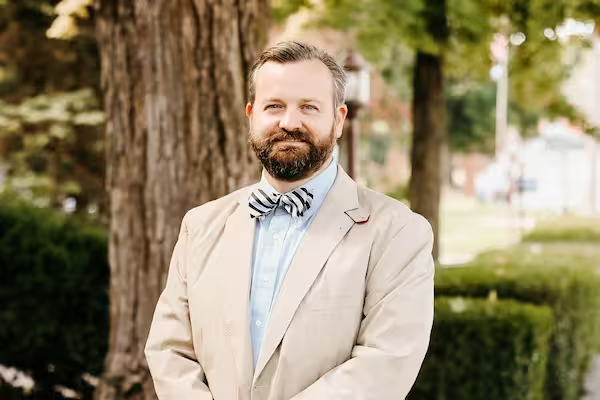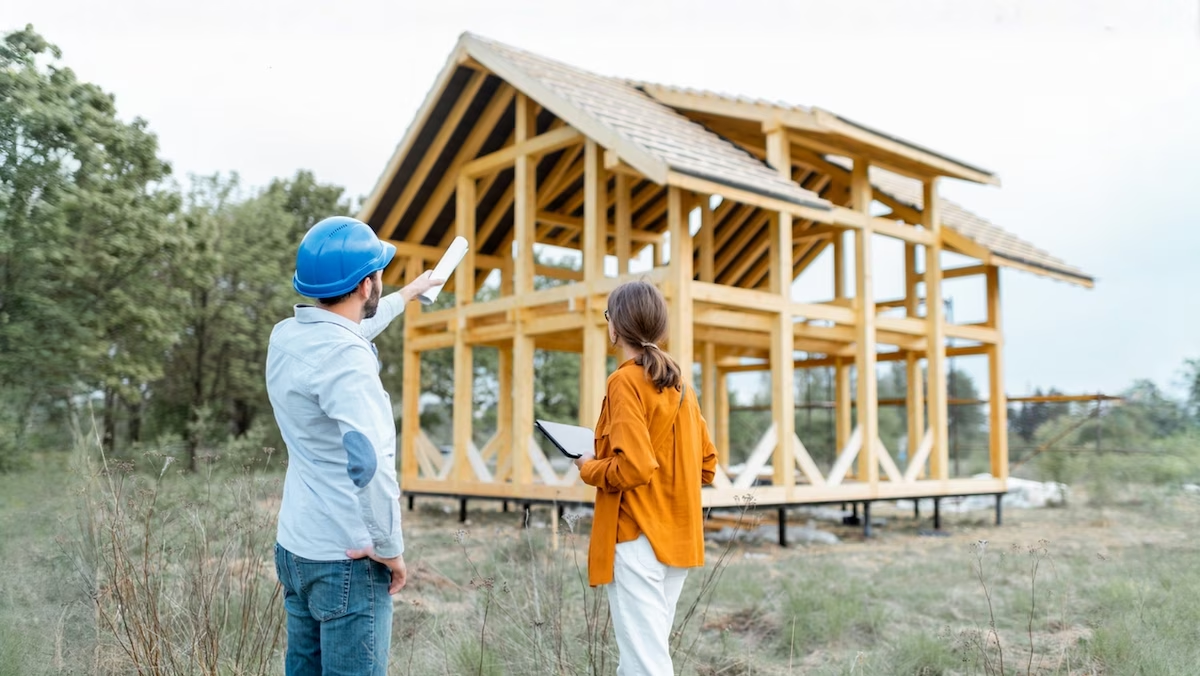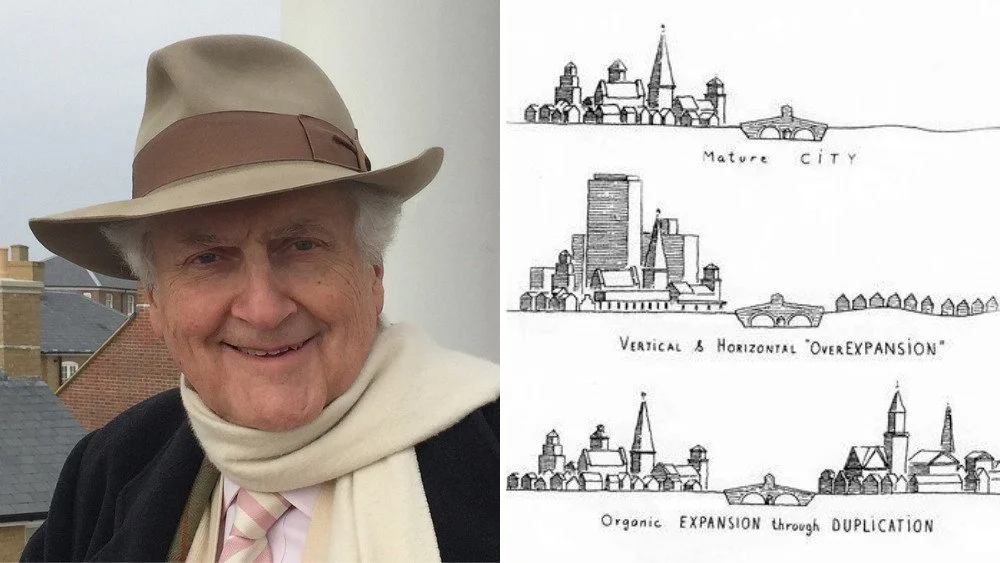Editor's Note: The challenges our cities face are growing, but so is the strength of this movement. Every story we share, every idea we spread, and every tool we build exists because people like you are committed to showing up. Your membership isn’t passive—it’s the momentum that makes change possible.
Sacramento faced a housing problem that will sound familiar to almost every city in America. Homes were scarce, prices were rising, and the conventional path — large-scale projects financed by outside investors — wasn’t producing the right housing in the right places.
Instead of clinging to the old playbook, Sacramento chose a different path. In 2025, the city launched the Small Developer Incubator Program, a partnership with the Incremental Development Alliance and the PLACE Initiative. The idea was simple but powerful: lower the barriers so that everyday residents could become the developers their neighborhoods need.
This modestly funded effort was made possible by support from the California Housing Systems Innovators Network’s Build It Green Innovation Fund and Sacramento’s Neighborhood Development Action Team under Measure U. The funding allowed the city to host a series of training sessions, networking mixers, and open houses designed to give people the knowledge and connections required to take their first steps as small developers.
“The boot camp is an ideal tool towards having a viable ecosystem of small developers and workers who know their own neighborhoods and can create the type of housing that is needed,” said Greta Soos, the city’s housing planner.
That sentiment gets to the heart of the effort. Sacramento is moving away from the mindset of being a gatekeeper that is enforcing rules for the sake of rules. Instead, it is acting as a guide, showing residents how they can use the system to meet real needs.
The incubator’s focus is on missing middle housing — duplexes, fourplexes, backyard cottages, and small multifamily buildings. These housing types are critical for affordability and neighborhood vitality, yet they are too small to interest corporate developers. Sacramento recognized that, unless locals were equipped to build them, this part of the housing market would remain stagnant.
The city isn’t just offering training. It’s creating practical tools and growing an incremental developer network. The city is also hosting open houses where city staff from Planning, Building, and Public Works are on hand to answer these developers' questions directly, turning what is usually a black box into a transparent, approachable process.
As Soos later emphasized, “Now it’s time for Sacramento to build a homegrown network of developers to realize our city’s potential to meet our great housing needs in an equitable and sustainable way”.
This is what it looks like when a city shifts from gatekeeping to guidance. Instead of standing in the way, Sacramento is actively helping its citizens take responsibility for local needs. Instead of waiting for megaprojects, it is cultivating an ecosystem of small developers who know their communities, care about their long-term health, and can deliver housing at a scale the big players will never touch.
The lesson is one every city can apply: If you want more affordable, resilient, and context-sensitive housing, don’t just wait for someone else to build it. Equip your residents to step up. A minor investment in training and guidance can unleash a network of local developers who both add homes and strengthen the civic fabric.
Want some guidance of your own? Download the new housing toolkit "Who Will Build the Housing-Ready City?" It includes 5 strategies for nurturing small-scale developers, as well as case studies and key metrics to track.





.webp)